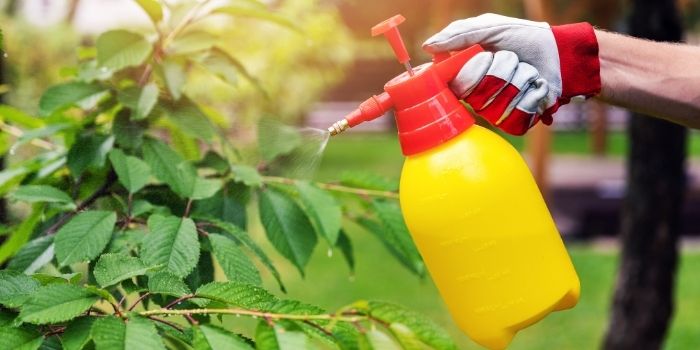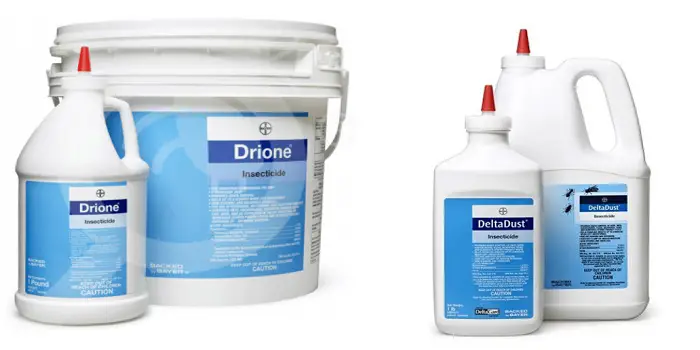
Though it is common knowledge that tobacco plants have nicotine, it is not as commonly known that nicotine is an excellent deterrent for pests in the garden.
Pesticides that are formulated around tobacco leaves are particularly toxic to soft-bodied insects, including aphids and slugs, and conveniently, any processed form of tobacco is primed and ready to be made into pesticides, including rolled cigarettes, chewing tobacco, or pipe tobacco.
If you have any of these around the house, you’re already halfway to making your very own tobacco-based pesticides.
Below are the steps you can take to create this effective homemade natural pesticide with materials you already have at home:
Step 1: Prepare the formula
Take one cup of dry tobacco and steep it in a gallon of water for a minimum of half an hour.
The longer you boil and soak it, the more potent the result will be, so you can leave it sitting for several hours if you want.
Some gardeners even let it soak for an entire day to encourage the best results.
Stronger pesticides also tend to work faster and are more lethal against garden pests.
Step 2: Add a surfactant
After it has steeped long enough, add one teaspoon of dishwashing liquid to the mixture.
The dishwashing liquid will surface as a surfactant, which will improve upon the spreadability of the pesticide while also helping it stick more easily to plants.
In its own right, the soap also has mild toxicity against pests, so it will help it along in pest repellent.
Step 3: Strain the liquid juice
Using a fine-mesh sieve, pour the liquid through it and strain the tobacco to get the liquid into a plastic storage container.
Make sure the tobacco pieces are all filtered out of it before continuing.
Then, tighten the lid on the container securely.
If you store this organic tobacco-made pesticide in a cool, dry place, it will stay potent for a few weeks. It is recommended that you store it in a garage or basement.

Step 4: Transfer tobacco water to a bottle
Move some of the mixtures to a plant mister bottle.
Spray the plant parts thoroughly to get an even covering of the liquid, but try to target pests directly.
For instance, you’ll want to spray the growing shoots that have been taken over by aphids but not the leaves of the plant that remain unaffected.
Tobacco spray is natural, but it can still be harmful to other insects that are considered to be beneficial, including ladybugs.
Step 5: Spray away the natural tobacco juice.
Spray the pesticide on the rest of your plants, but avoid spraying plants that are in the tobacco family. Tobacco-related plants include peppers, potatoes, and tomatoes.
This is because tobacco could transmit the tobacco mosaic virus, which can ultimately bring more issues to these plants besides insect infestation.
The Conclusion
Getting rid of annoying garden insects doesn’t have to require the use of hazardous materials.
With just a little processed tobacco on hand, you can make your own concoction to protect your plants without the need for manufactured chemicals.
And the good thing is this organic tobacco water spray for garden plants is completely safe for your pets.
Share the post "How To Make Tobacco Bug Spray Pesticide at Home?"

Welcome to ProShieldPest.com. I am Tina Jones. I have been working as a pest removal professional in Winslow, Arizona lately. At present, I love to spend my time with my family as a retiree.
Here I share all my knowledge and experiences to help people understand better how they can stop pests at their homes without actually killing them. Hopefully, the information you will find here will help in safeguarding your home! You can check more about me here.




